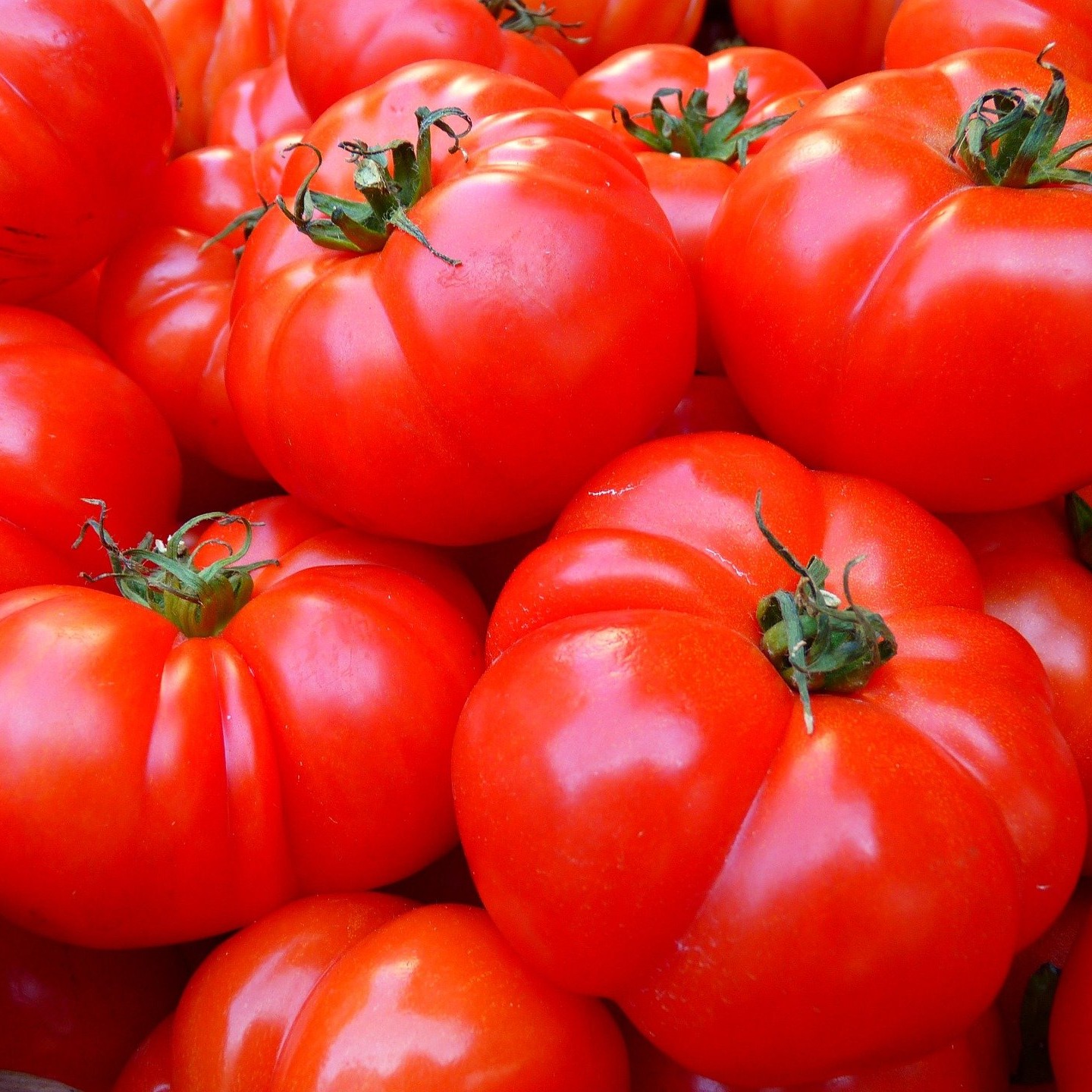
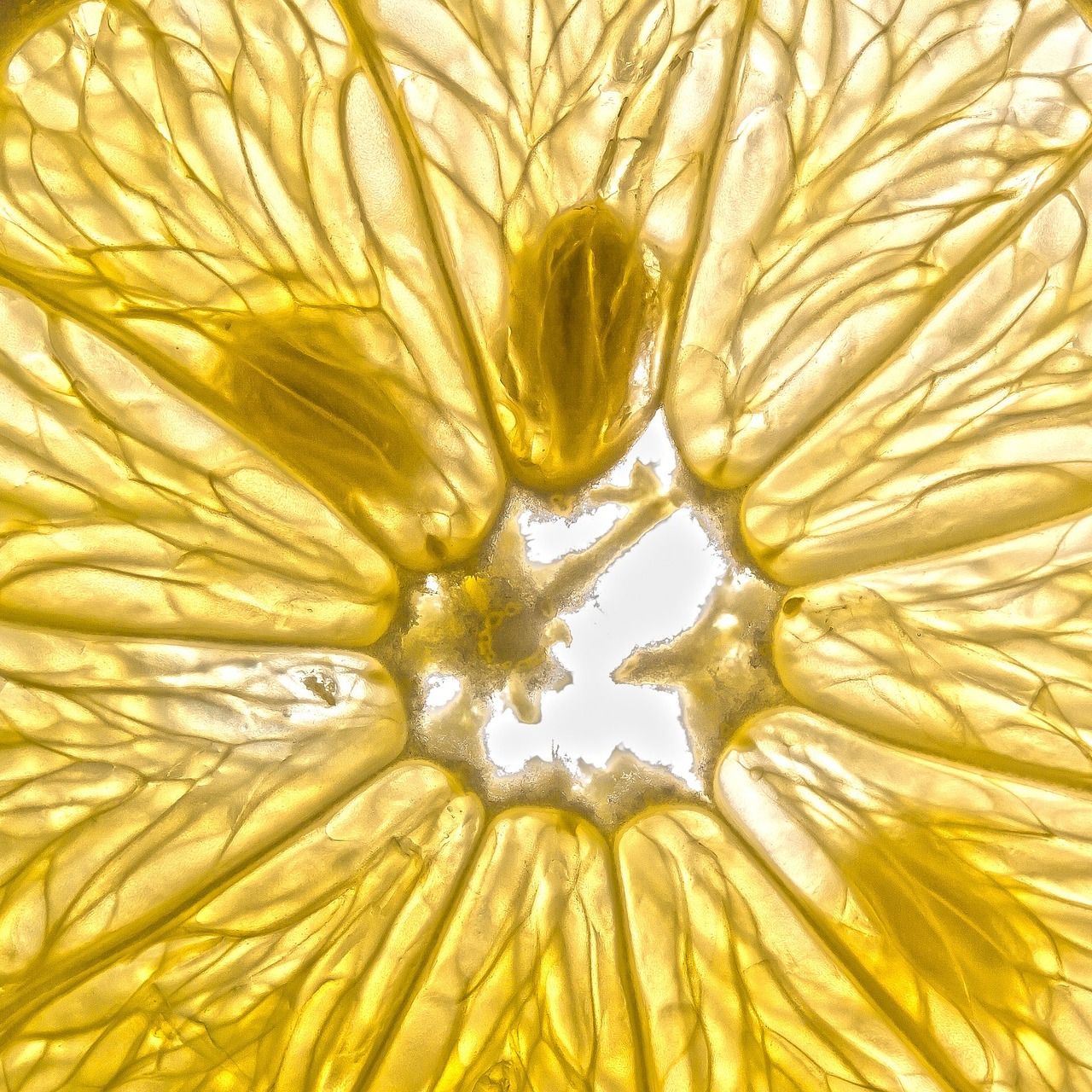
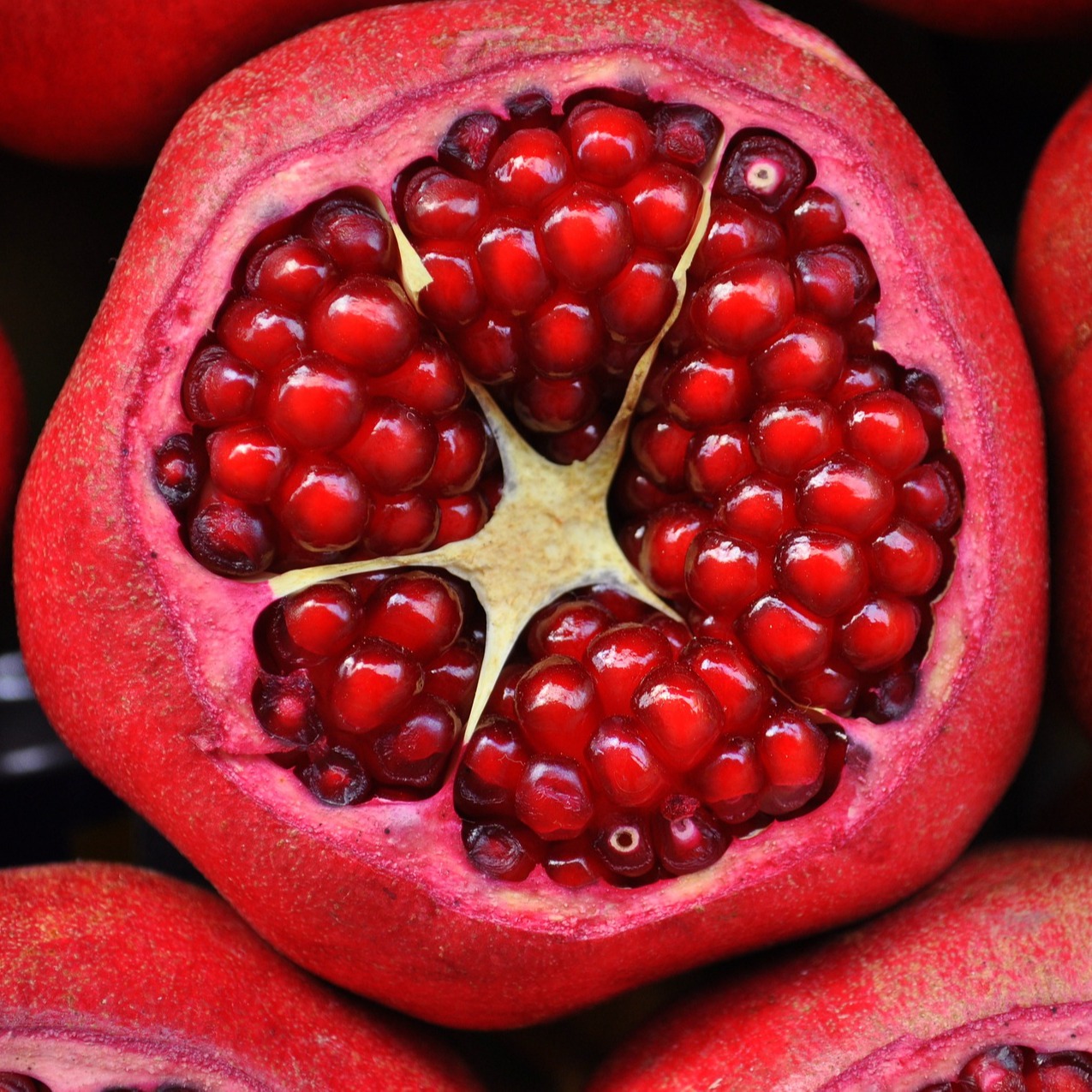
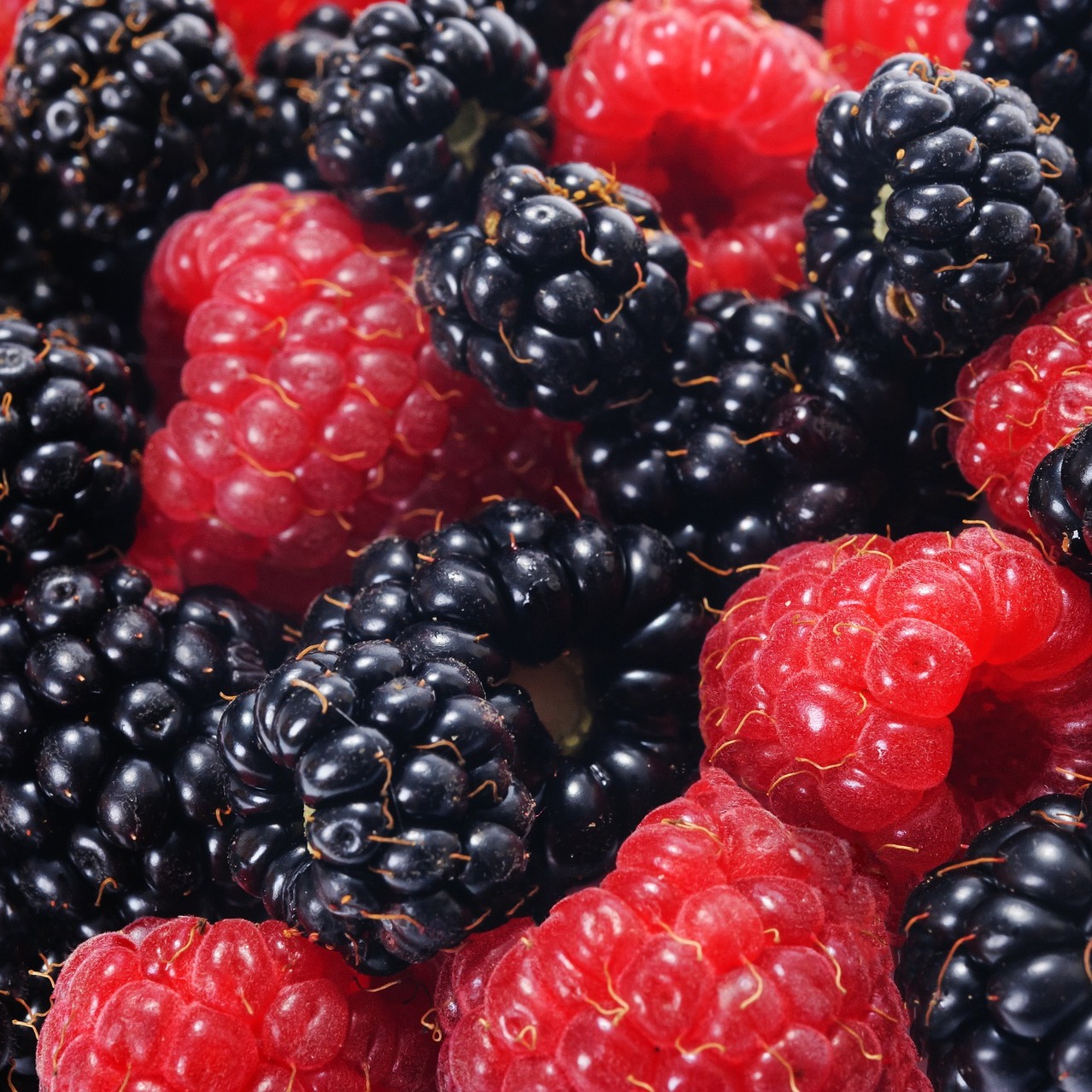
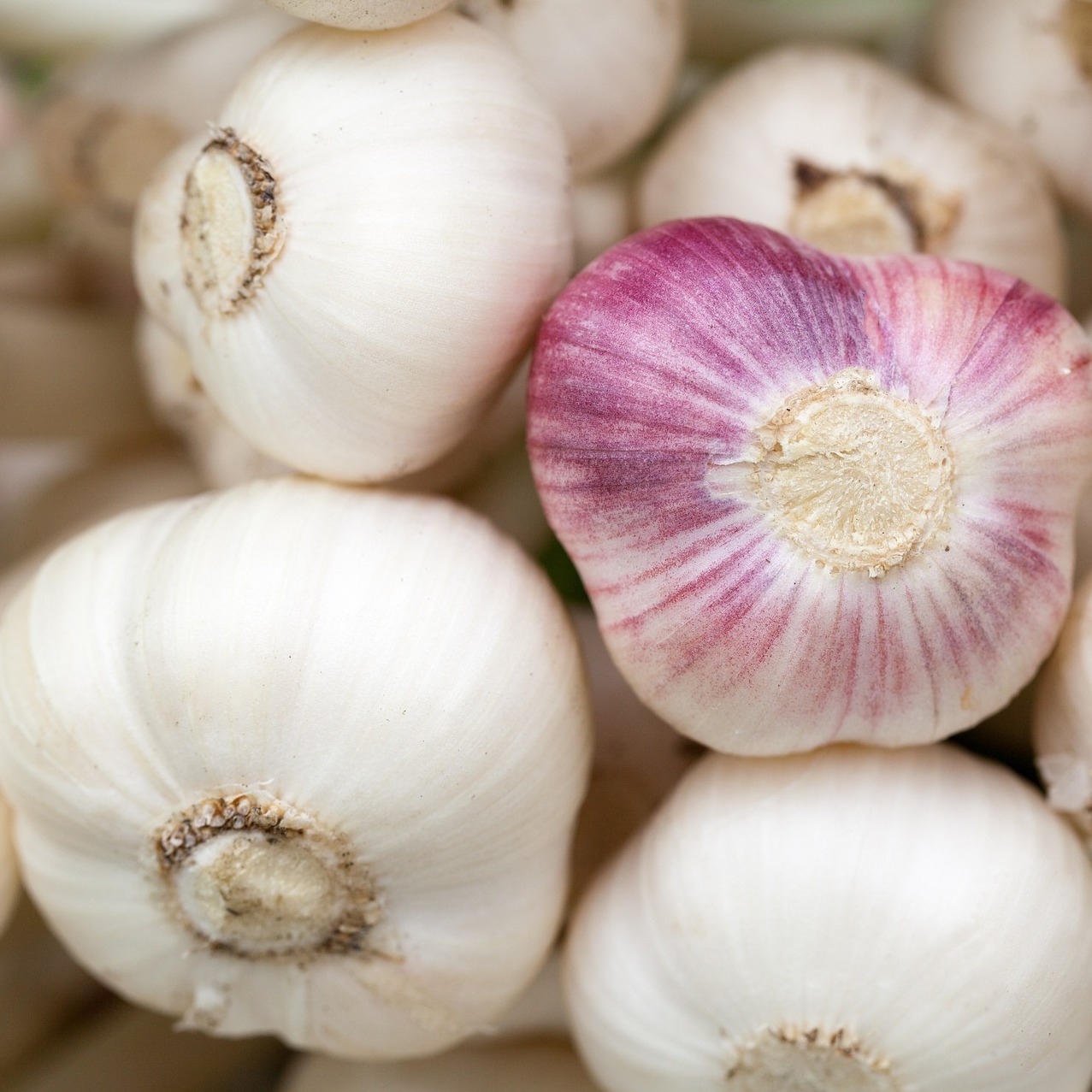
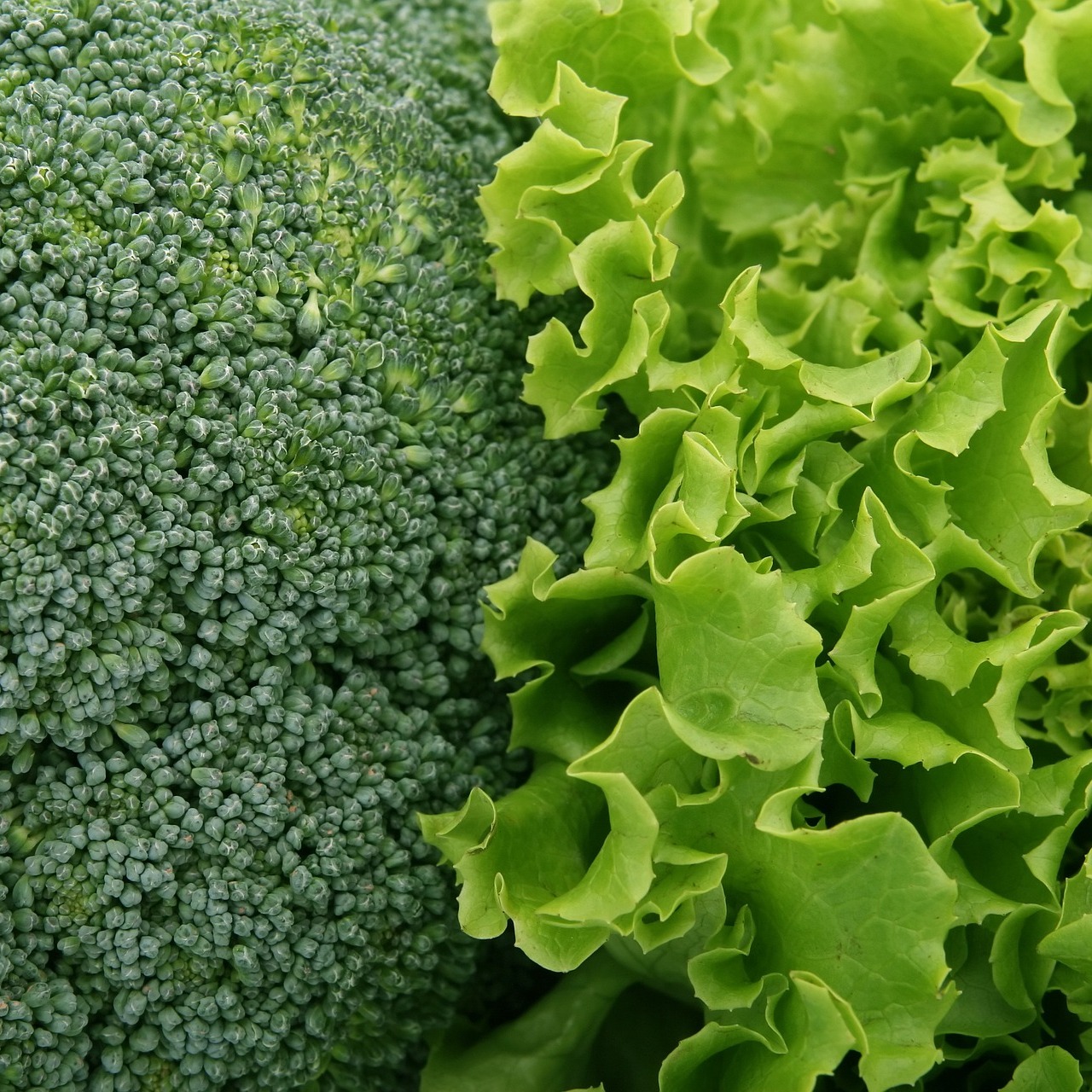
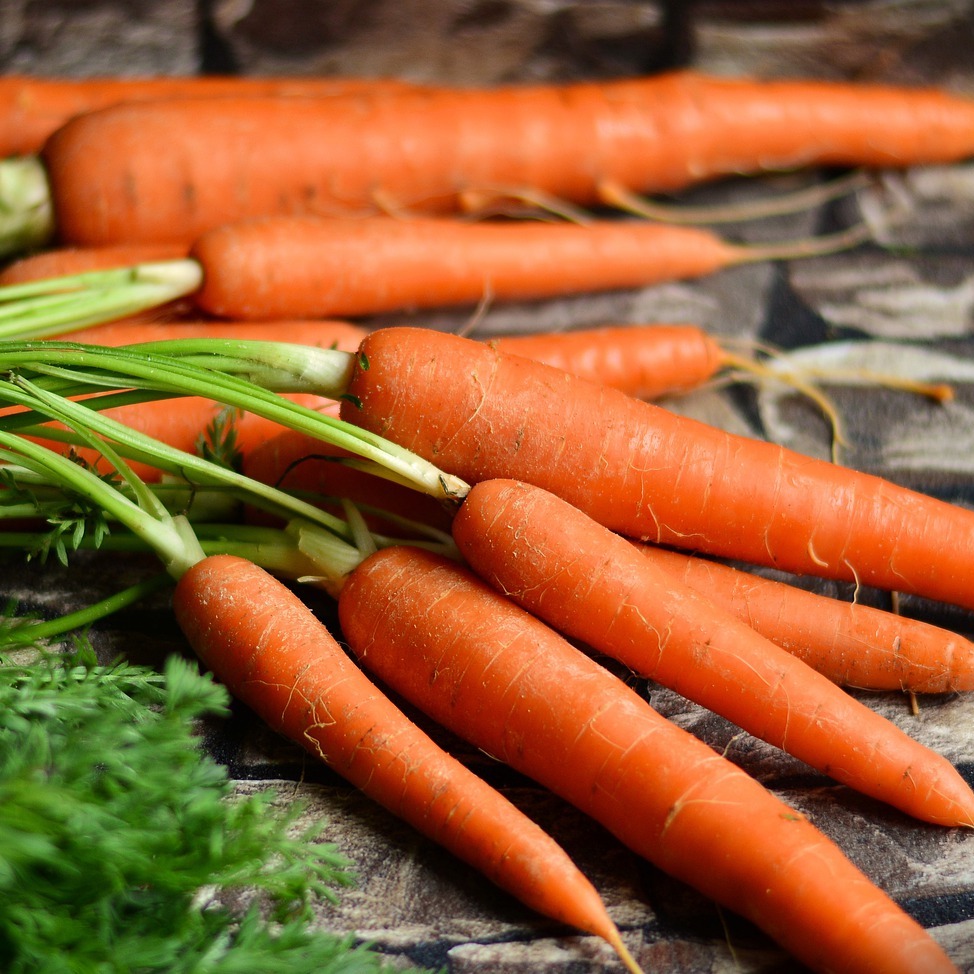
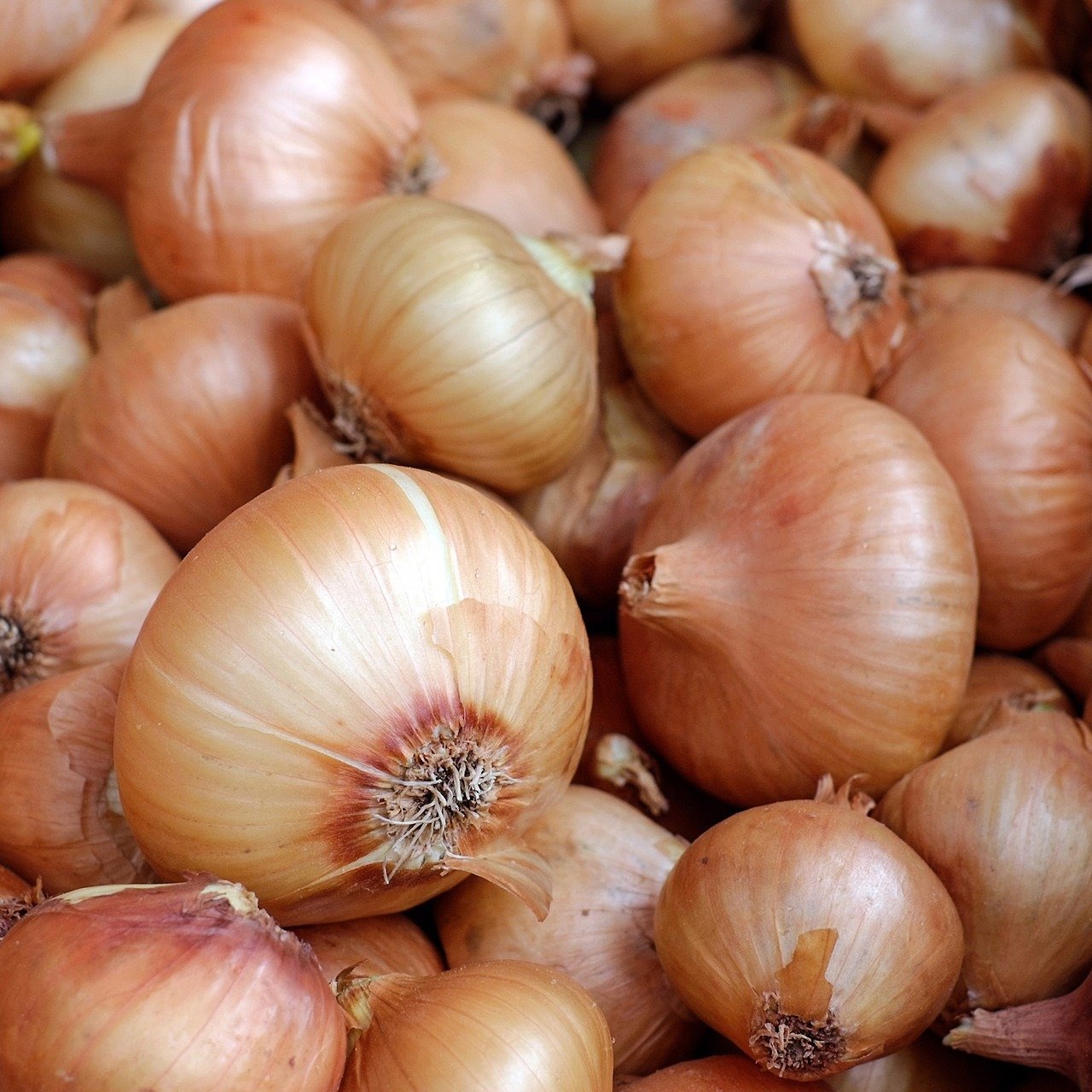
Anti-Aging
Macronutrients provide energy and are the building blocks of your body’s structure and functions. During digestion, macronutrients are broken down into smaller parts that are used for specific functions. Carbs are the main energy source, proteins help build and repair tissues, and fats insulate organs and make up cell membranes. It’s recommended that you get 45–65% of your calories from carbs, 10–35% from protein, and 20–35% from fat.
They include:
> CARBOHYDRATES
> PROTEIN
> FATS
> FIBER (Soluble vs Insoluble)
> WATER
> ALCOHOL
Micronutrients support growth, brain development, immune function, and energy metabolism. There are
13 essential vitamins and 13 essential minerals, each of which has specific, sometimes overlapping functions.
They include:
> VITAMINS (Fat-soluble vs Water-soluble)
> MINERALS
> TRACE MINERALS
> PHYTONUTRIENTS
Fat-soluble vitamins are dissolved in fats. They are absorbed by fat globules that travel through the small intestines and are distributed through the body in the bloodstream.
Unlike water-soluble vitamins, excess fat-soluble vitamins are stored in the liver and fatty (adipose) tissues for future use. They are found most abundantly in high-fat foods and are better absorbed if eaten with fat
> Vitamin A
> Vitamin D
> Vitamin E
> Vitamin K
Water-soluble vitamins are those that are dissolved in water and readily absorbed into tissues for immediate use. Because they are not stored in the body, they need to be replenished regularly in the diet.
They include:
> Vitamin C
> Niacin
> Thiamine
> Riboflavin
> Folate
> B6 & B12
https://www.verywellhealth.com/fat-vs-water-soluble-998218
Reduce risk of blood clots and lower cholesterol
Benefit:
Cholesterol
Food Source:
Garlic and onions
Potent antioxidant protects against cancer and cardiovascular disease.
Benefit:
Cardiovascular diseases, antidiabetic, anticancer, anti-inflammatory, antimicrobial
Food Source:
Fruits and vegetable in the colors of red, purple, and blue. Berries, currants, grapes, pomegranates
Potent Antioxidant and Anti-Inflammatory agent, reverses insulin resistance.
Benefit:
Anti-inflammatory.
Food Source:
Turmeric
Indole-3-carbinol is an important constituent of cruciferous vegetables that helps decrease cancer cell proliferation.
Benefit:
Cancer fighting
Food Source:
Cruciferous vegetables vegetables include kale, broccoli, cauliflower, brussels sprouts, and cabbage
High antioxidant potential, the highest among carotenoid pigments.
Reducing the growth of Reactive oxygen species (ROS) and inhibiting oxidative stress.
ROS - harmful by-products of the normal aerobic metabolism process of the mitochondria, implicated in a large variety of diseases.
Suppression of inflammatory.
Lycopene. - A red coloured carotenoid from fruits and vegetables inhibits cancer-cell, reduce cardiovascular risk. It is best absorbed with fat or oil, add olive oil with tomatoes.
Benefits:
Prostate Cancer, cardiovascular disease, stomach, lung, and breast cancer, osteoporosis, prevention of Alzheimer’s disease and Parkinson’s disease.
Food Source:
Red pigment in tomatoes, watermelon, pink grapefruit, papaya, apricots, and guava
Lutein is one of the few xanthophyll carotenoids that is found in high concentration in the macula of human retina.
Lutein can only be obtained from diet. It is a natural substance abundant in egg yolk and dark green leafy vegetables. Potent antioxidant protects against age-related macular degeneration.
Benefit:
Eyes Health
Food Source:
Lutein is in most fruits and vegetables, but green and yellow foods have the highest amounts







